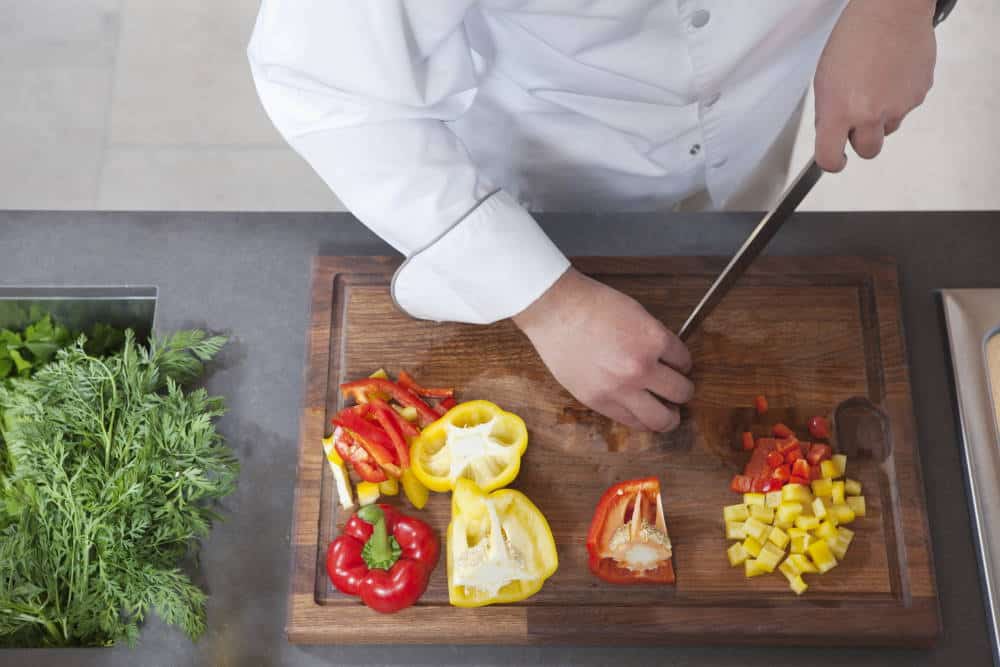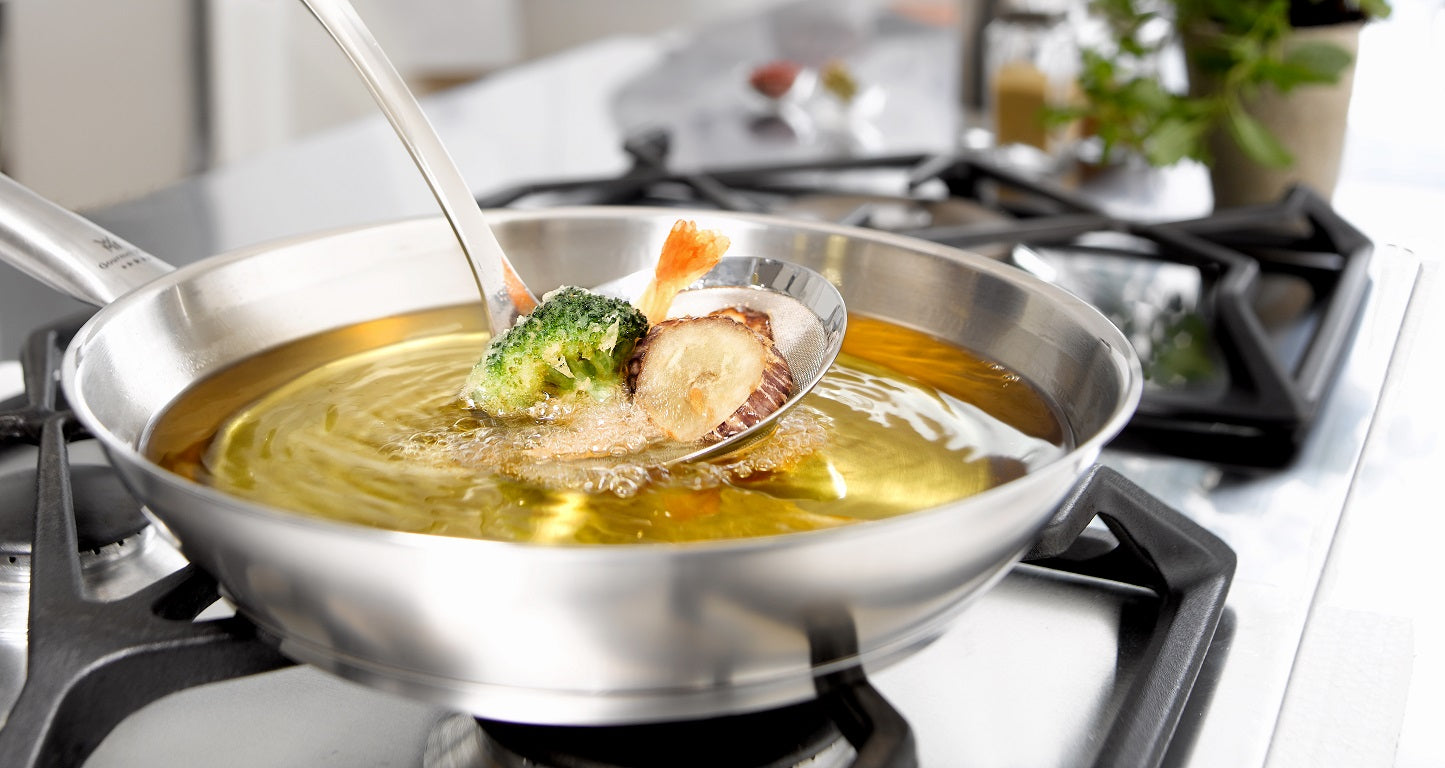Welcome to this comprehensive guide on how to make canola oil. The process of making canola oil might seem complex, but with the right knowledge and tools, you can successfully create this versatile cooking oil at home. This article will break down each step, ensuring a clear understanding of the entire process.

Understanding Canola Oil
Before diving into the steps on how to make canola oil, it's crucial to understand what canola oil is. Canola oil comes from the seeds of the canola plant, which is a type of rapeseed. It's known for its light flavor, high smoke point, and a healthy balance of Omega-3 and Omega-6 fatty acids.
The History of Canola Oil
Canola oil has an interesting history. Originally derived from rapeseed oil, which had certain undesirable qualities, Canadian scientists bred a new plant in the 1970s, resulting in what we know today as canola. The name 'canola' was derived from 'Canada' and 'ola', denoting oil.

Materials You Will Need
To make canola oil, you will need specific materials to extract and purify the oil. Here's a list of what you'll need:
- Canola seeds
- Cold press or mechanical press
- Filter cloth
- Distillation unit
- Storage containers
Make sure to source high-quality canola seeds and equipment. The quality of your raw materials significantly impacts the final product.

The Step-by-Step Process of Making Canola Oil
Step 1: Seed Preparation
The first step in learning how to make canola oil involves preparing the seeds. Clean the seeds thoroughly to remove any impurities. It's essential to have clean seeds to ensure the oil extracted is of high quality.
Step 2: Cold Pressing
Once the seeds are cleaned, they are ready for pressing. This step utilizes a cold press or mechanical press to extract the oil. This method involves crushing the seeds to release their oil content without using heat, preserving the oil's nutritional value.
Step 3: Filtering
The oil extracted from the seeds is not ready for use yet. It contains solid particles that need to be removed. Use a filter cloth to strain the oil, ensuring it is clean and free from impurities.
Step 4: Distillation
Distillation is an optional step but highly recommended for refining the oil further. This process helps in removing any remaining impurities and enhancing the oil's quality and shelf life.
Step 5: Storage
After filtering and distillation, your canola oil is ready. Store the oil in clean, airtight containers to preserve its freshness and quality. Keep the containers in a cool, dark place to prevent the oil from going rancid.

Frequently Asked Questions (FAQs)
What equipment do I need to make canola oil?
You'll need canola seeds, a cold press or mechanical press, filter cloth, a distillation unit, and storage containers.
How long does it take to make canola oil?
The entire process, from seed preparation to storage, can take several hours, depending on the quantity of seeds and the equipment used.
Is homemade canola oil better than store-bought?
Homemade canola oil can be fresher and free from additives, but it requires specific equipment and expertise to ensure high quality.
Can I use other seeds to make oil?
Yes, other seeds like sunflower, olive, and flax can also be used to make oil, each with its unique process and benefits.
Conclusion
Learning how to make canola oil is a rewarding process that gives you a deeper appreciation of this versatile kitchen staple. By following these steps, you can create high-quality canola oil right in your kitchen. Remember, the quality of your materials and equipment plays a crucial role in the final product's success.
As an Amazon Associate, I earn from qualifying purchases.
For more details on the process and equipment, you can visit this informative guide.
For effective cleaning tips after oil preparation, check out this cleaning guide from Commercial Cleaning Corp.






Leave a comment
This site is protected by hCaptcha and the hCaptcha Privacy Policy and Terms of Service apply.